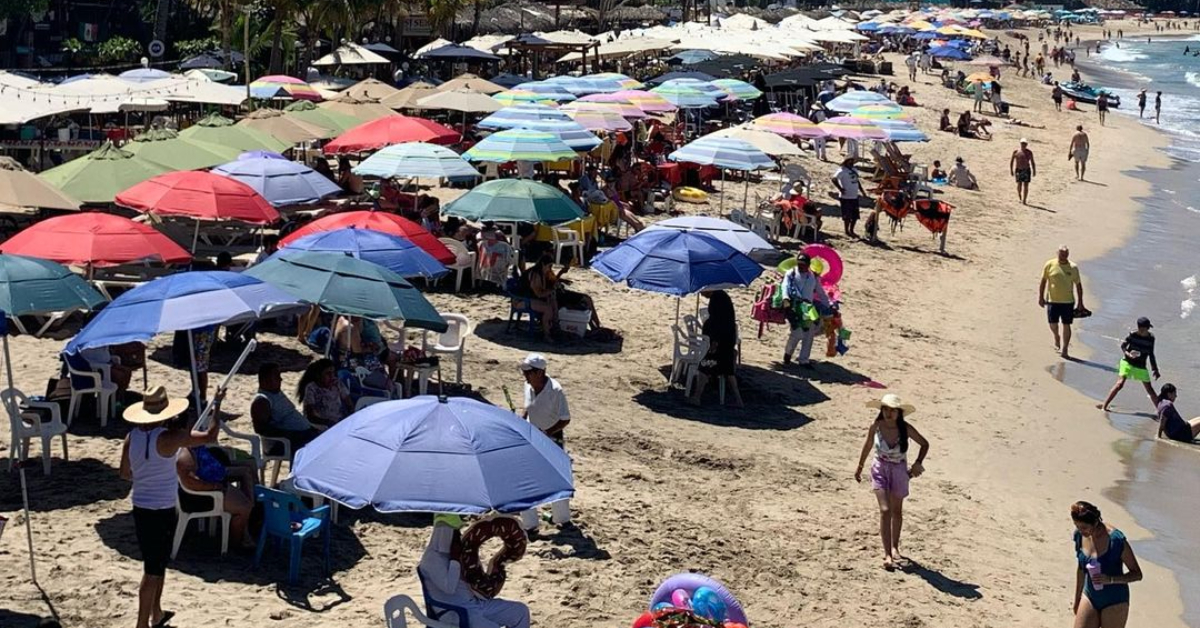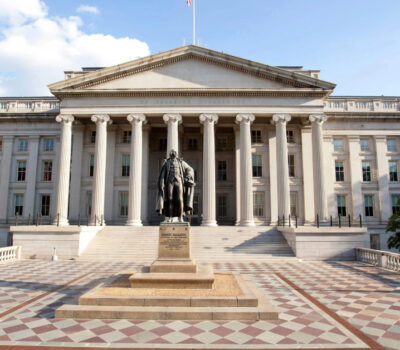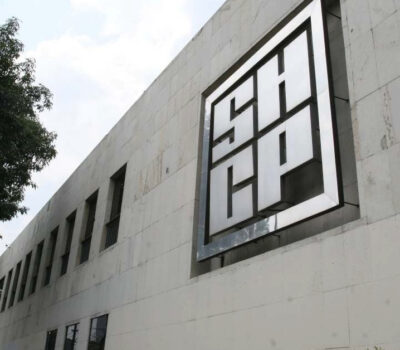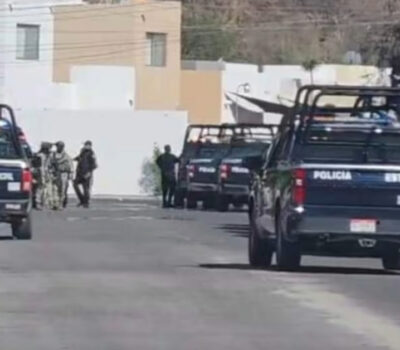Puerto Vallarta (PVDN) – Puerto Vallarta begins Semana Santa week, and the Easter holiday with great expectations in the midst of a recovery in tourism after three years of trouble during the COVID-19 pandemic.
In an interview with EFE, the president of the Confederation of National Chambers of Commerce, Services and Tourism (Concanaco Servytur), Héctor Tejada, highlighted that the Catholic celebration during this 2023, after the elimination of restrictive measures due to the health contingency due to covid -19, “it will mean an economic benefit that has not been seen in three years.”
He indicated that in the period from April 2 to 10, a hotel occupancy of 85% is expected throughout the country, which would mean that more than 11 million tourists visit the different Mexican destinations.
In addition, he said that the destinations that expect the greatest influx are: Acapulco (92%), Veracruz (90%), Oaxaca (90%), Riviera Maya (85%), Yucatán (85%), San Cristóbal de las Casas (85%), %)), San Juan del Río (85%), Coahuila (78%), Baja California Sur (75%), Nuevo León (73%), Mexico City (68%) and Puerto Vallarta (61%).
SEMANA SANTA CELEBRATED IN PUERTO VALLARTA
Semana Santa, also known as Holy Week, is a significant religious observance in Puerto Vallarta, Mexico. This annual event takes place during the week leading up to Easter Sunday and is celebrated with a range of festivities and religious ceremonies.
Puerto Vallarta is a popular destination for tourists during Semana Santa, and visitors can expect to witness a unique blend of religious customs and local traditions. Here are some of the highlights of Semana Santa in Puerto Vallarta:
Religious Observances: One of the most prominent aspects of Semana Santa in Puerto Vallarta is the religious observances that take place throughout the week. Local churches hold special masses and processions to commemorate the passion and death of Jesus Christ.
One of the most significant events is the procession of the Holy Burial on Good Friday, which involves carrying an image of Jesus on the cross through the streets of the city. This procession is a solemn and emotional event, with many locals and visitors participating.
Another important event is the Resurrection Mass on Easter Sunday, which celebrates the resurrection of Jesus. The Mass is typically held in the main square of Puerto Vallarta, and it is followed by a joyful procession through the streets.
Beach Parties and Nightlife: While Semana Santa is primarily a religious observance, it is also a time for celebration and fun. Many visitors come to Puerto Vallarta to enjoy the city’s famous beaches and nightlife.
During Semana Santa, the beaches are crowded with locals and tourists enjoying the sun and sea. There are also many beach parties and events, including live music and DJs.
At night, the city comes alive with a range of nightlife options, from trendy bars and nightclubs to traditional cantinas. Visitors can enjoy a variety of drinks and snacks while dancing the night away.
Traditional Food: Semana Santa is a time for feasting and enjoying traditional Mexican cuisine. Many local restaurants offer special menus featuring dishes such as seafood, mole, and ceviche.
One traditional dish that is particularly popular during Semana Santa is capirotada, a sweet and savory bread pudding made with cinnamon, raisins, cheese, and syrup. It is typically served on Good Friday.
INSECURITY, A RED FLAG
The holiday period in Mexico comes amid calls for tourists from the US, who are alerted by the State Department not to travel to Mexico, which has denounced that there are regions controlled by organized crime and its high level of crime, closing 2022 with 30,968 intentional homicides, according to official data.
However, various state tourism secretaries say “the main Mexican destinations are safe” and that efforts are focused on a greater presence of local security, civil protection, and tourist police, among other actors, as well as campaigns for information.
The Secretary of the State of Baja California, Miguel Aguiñiga, asserted that the alerts have always existed and that they increase even more when these holidays coincide with the popular “spring break”.
He pointed out that although what the US government says cannot be controlled, insecurity in Mexico is attacked with information campaigns about the positive aspects of the Mexican towns in the north of the country, as well as the invitation to travel “with common sense” and not risk in dangerous neighborhoods or traveling uninformed.
Meanwhile, the head of tourism in Zacatecas, Leroy Barragán, commented that insecurity is an issue that harms the entire country, in which his entity has been “very hurt.”
He pointed out that among the measures implemented in his state is the increase in public security agents, the militarized National Guard, and the Army, as well as greater vigilance on the highways in conjunction with central Mexican states such as Querétaro, Guanajuato, and San Luis. Potosi.
The Nuevo León tourism secretary, Maricarmen Martínez, said that an effort has been made to build roads in the entity so that tourists do not have to leave this state and expose themselves to violence.
“We are doing great projects to give tourists and visitors the best experience,” he said.
The head of tourism for the state of Jalisco, Claudia Vanessa Pérez, maintained that in Jalisco, the state where Puerto Vallarta is located, there has not been a single incident with tourists visiting the area, and insisted on “reporting correctly, since when an incident occurs in the country it is related to all tourist destinations alike.”
“Particular protocols are made for high seasons, to take care of both locals and visitors and ensure that everyone enjoys the destinations,” she added.
Puerto Vallarta (PVDN) - Puerto Vallarta begins Semana Santa week, and the Easter holiday with great expectations in the midst of a recovery in tourism . . .











